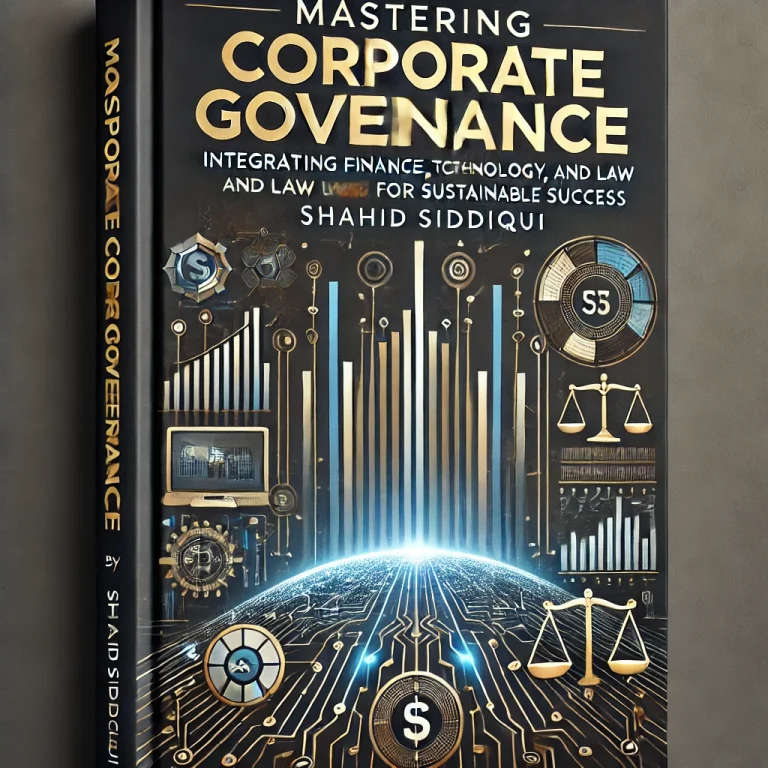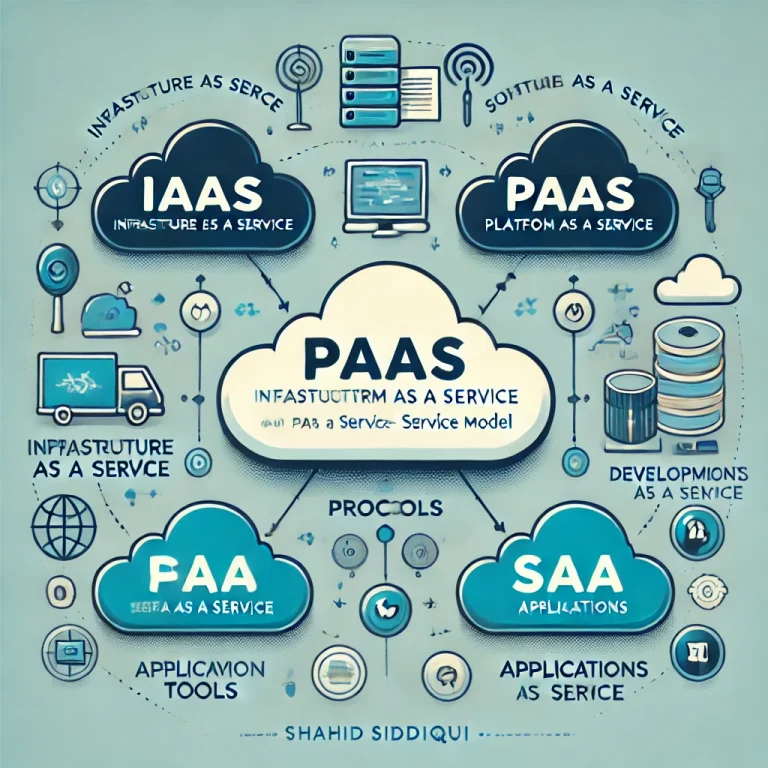Chapter 1: Introduction to Information Systems Audit
MODULE 1.9 — Audit Risk and Materiality
Understanding How Auditors Evaluate Uncertainty and Impact in Information Systems (IS) Audits
🔍 Introduction
In every Information Systems (IS) Audit, there is always a possibility that the auditor might overlook important issues or form an incorrect opinion about the system’s controls and reliability.
This uncertainty is called Audit Risk.
At the same time, not every finding in an audit is equally important. Some issues may be minor, while others can seriously affect business operations, compliance, or financial reporting. The significance or impact of such an issue is called Materiality.
Together, Audit Risk and Materiality form the foundation of professional judgment in any audit — helping auditors focus on what truly matters to an organization.
⚙️ Meaning of Audit Risk
Audit Risk refers to the probability that an auditor may fail to detect a material misstatement, control weakness, or operational issue in the system being reviewed.
It represents the uncertainty involved in giving an assurance opinion — that is, the risk that the audit conclusion may not fully reflect the true situation of the IT environment.
Audit risk in IS Audit has three key components:
1️⃣ Inherent Risk
-
The likelihood that an error or weakness exists before any controls are applied.
-
It arises naturally due to the complexity, volume, or sensitivity of IT systems and processes.
-
Examples:
-
Newly implemented or complex systems.
-
Manual interventions in automated processes.
-
Frequent configuration changes.
-
Key Point: Higher inherent risk = Greater chance of errors existing naturally in the system.
2️⃣ Control Risk
-
The risk that existing internal controls fail to prevent or detect errors on time.
-
Occurs when policies, procedures, or automated controls are ineffective, outdated, or poorly implemented.
-
Examples:
-
Weak access control policies.
-
Incomplete data validation checks.
-
Lack of monitoring over critical IT functions.
-
Key Point: Effective internal controls reduce control risk; weak controls increase it.
3️⃣ Detection Risk
-
The risk that audit procedures themselves fail to identify existing errors or weaknesses.
-
It depends on how the auditor plans and executes the audit — sampling, testing methods, and professional judgment.
-
Examples:
-
Insufficient evidence collection.
-
Limited testing scope.
-
Inadequate understanding of the system.
-
Key Point: Detection risk can be minimized by comprehensive testing, skilled auditing, and quality assurance.
📊 Audit Risk Model
Audit risk can be expressed as a relationship between these three components:
Audit Risk = Inherent Risk × Control Risk × Detection Risk
This formula shows that overall audit risk increases when any of these individual risks are high.
Auditors must therefore design their testing strategy to keep total audit risk at an acceptable level.
💡 Meaning of Materiality
Materiality refers to the importance or significance of an identified issue, error, or weakness in the context of the organization’s operations, compliance, or reporting.
An issue is considered material if it is significant enough to influence the decisions of management, regulators, or stakeholders.
Examples of Material Issues:
-
A security breach exposing sensitive customer data.
-
Failure in a critical financial application affecting transaction accuracy.
-
Non-compliance with data-protection laws such as the IT Act 2000 or GDPR.
Materiality helps auditors:
-
Prioritize findings based on business impact.
-
Focus audit efforts on high-risk and high-impact areas.
-
Communicate results clearly to management in order of importance.
⚖️ Relationship Between Audit Risk and Materiality
Audit risk and materiality are interdependent concepts:
-
Higher materiality → Tolerates smaller, less-significant risks.
-
Lower materiality → Demands more detailed testing to detect even small errors.
Auditors must balance both to achieve a reasonable assurance level — meaning that the audit gives confidence without guaranteeing perfection.
🧭 Practical Example
Imagine a banking system where customer transaction data is processed daily:
-
If the system has a new module for loan approvals (complex process), inherent risk is high.
-
If user access controls are weak, control risk is high.
-
If the auditor performs only a few sample tests, detection risk is high.
Together, these increase the overall audit risk.
If the loan approval data is critical to financial statements, any error here would be material and require immediate attention.
🔒 Reducing Audit Risk and Managing Materiality
To minimize audit risk, IS auditors should:
-
Understand the IT environment — systems, policies, and controls.
-
Perform risk assessments early in the audit.
-
Design detailed audit procedures for high-risk areas.
-
Use technology-enabled tools (CAATs – Computer-Assisted Audit Techniques).
-
Collect sufficient, appropriate audit evidence.
-
Review materiality thresholds with management to ensure relevance.
🎯 Key Takeaways
| Concept | Meaning | Example |
|---|---|---|
| Audit Risk | Chance auditor misses key issues | Failing to detect system control gap |
| Inherent Risk | Error before control applied | Complex system setup |
| Control Risk | Weak or ineffective control | Outdated access policy |
| Detection Risk | Auditor fails to identify issue | Poor sampling or limited testing |
| Materiality | Significance of issue on operations | Data breach impacting customers |
🧩 Quiz — Module 1.9
1️⃣ Audit Risk represents → B. The possibility that an auditor fails to detect significant issues
2️⃣ Inherent Risk means → A. The chance of an error existing before controls are applied
3️⃣ Control Risk arises when → A. Controls fail to prevent or detect errors effectively
4️⃣ Detection Risk is → A. The risk that audit procedures miss existing issues
5️⃣ Materiality indicates → B. The significance of a weakness affecting business or compliance
🏁 Conclusion
Understanding Audit Risk and Materiality allows IS Auditors to provide balanced, accurate, and focused assurance.
By identifying where risks are most likely and determining which findings are most important, auditors can protect the organization’s IT integrity, compliance posture, and stakeholder confidence.


